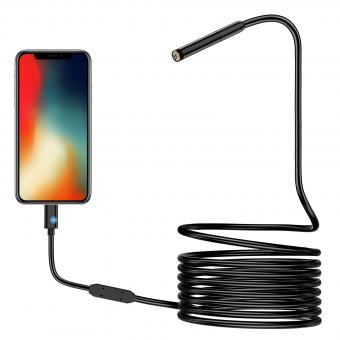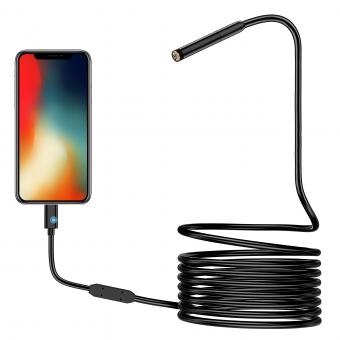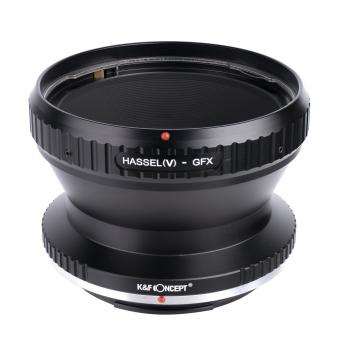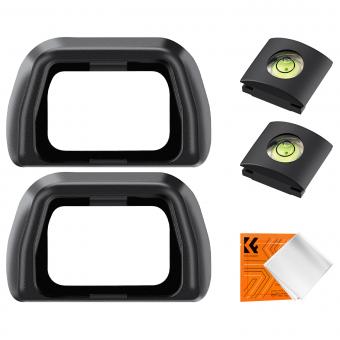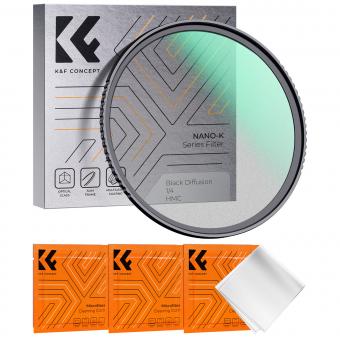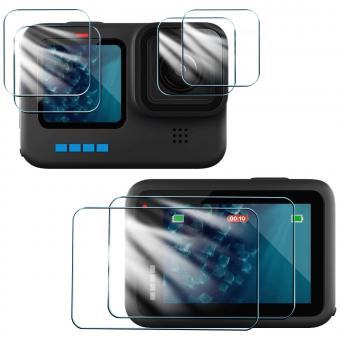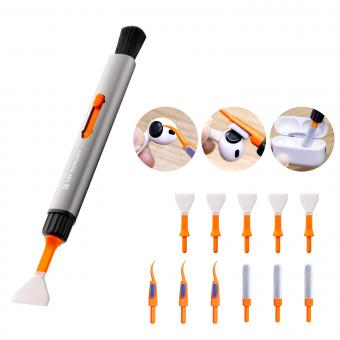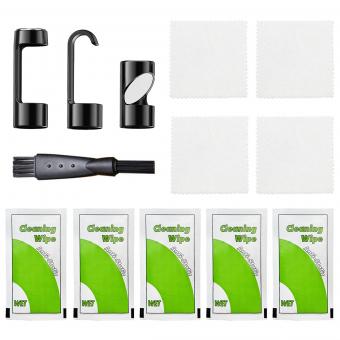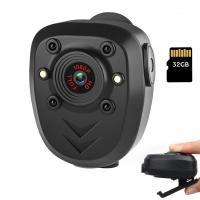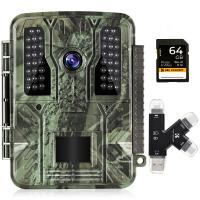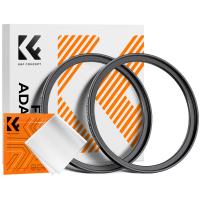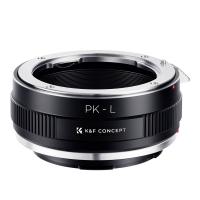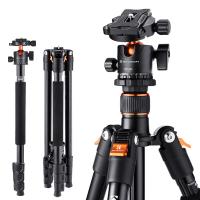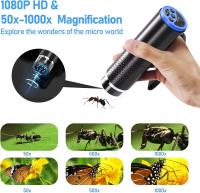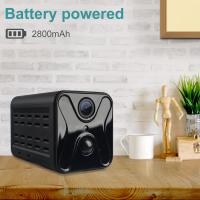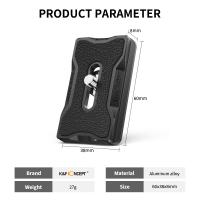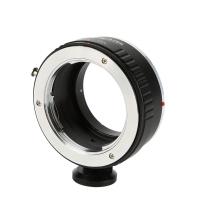What Is Similar Between Rigid And Flexible Endoscopes ?
Both rigid and flexible endoscopes are medical devices used for visualizing and examining the internal structures of the body. They are commonly used in various medical procedures, such as diagnostic imaging, minimally invasive surgeries, and therapeutic interventions. Both types of endoscopes consist of a long, narrow tube with a light source and a camera at one end, allowing for real-time visualization of the internal organs or cavities.
Additionally, both rigid and flexible endoscopes require specialized training and expertise to operate effectively and safely. They are designed to provide high-quality images and allow for precise manipulation and control during procedures. Both types of endoscopes also require proper cleaning and sterilization procedures to prevent the transmission of infections.
However, there are some key differences between rigid and flexible endoscopes. Rigid endoscopes have a straight, inflexible tube, which limits their ability to navigate through curved or narrow passages in the body. On the other hand, flexible endoscopes have a flexible tube that can be maneuvered and bent, allowing for easier access to hard-to-reach areas. This flexibility also makes flexible endoscopes more comfortable for patients during procedures.
1、 Optical technology
Both rigid and flexible endoscopes are types of optical technology used in medical procedures to visualize and diagnose conditions within the body. They share several similarities in terms of their basic function and purpose.
Firstly, both rigid and flexible endoscopes utilize optical fibers or lenses to transmit light and images. This allows for clear visualization of the internal organs or structures being examined. The use of optical technology ensures that the images obtained are of high quality and can aid in accurate diagnosis.
Secondly, both types of endoscopes are designed to be inserted into the body through natural orifices or small incisions. This minimally invasive approach reduces the need for extensive surgical procedures and allows for quicker recovery times for patients.
Additionally, both rigid and flexible endoscopes can be equipped with various accessories and instruments to perform therapeutic interventions. These may include biopsy forceps, cautery devices, or laser probes. This versatility allows for both diagnostic and treatment procedures to be performed using the same endoscope.
From a latest point of view, advancements in optical technology have led to improvements in both rigid and flexible endoscopes. For example, the development of high-definition imaging systems has enhanced the clarity and detail of the images obtained. This has improved the accuracy of diagnoses and the ability to detect subtle abnormalities.
Furthermore, the miniaturization of endoscope components has allowed for the creation of smaller and more maneuverable devices. This has expanded the range of applications for endoscopy and made it possible to access previously inaccessible areas of the body.
In conclusion, while rigid and flexible endoscopes differ in their physical characteristics and applications, they share similarities in terms of their use of optical technology. Both types of endoscopes provide clear visualization of internal structures, offer minimally invasive procedures, and can be used for both diagnostic and therapeutic purposes. Ongoing advancements in optical technology continue to enhance the capabilities of both rigid and flexible endoscopes, improving patient outcomes and expanding the scope of endoscopic procedures.
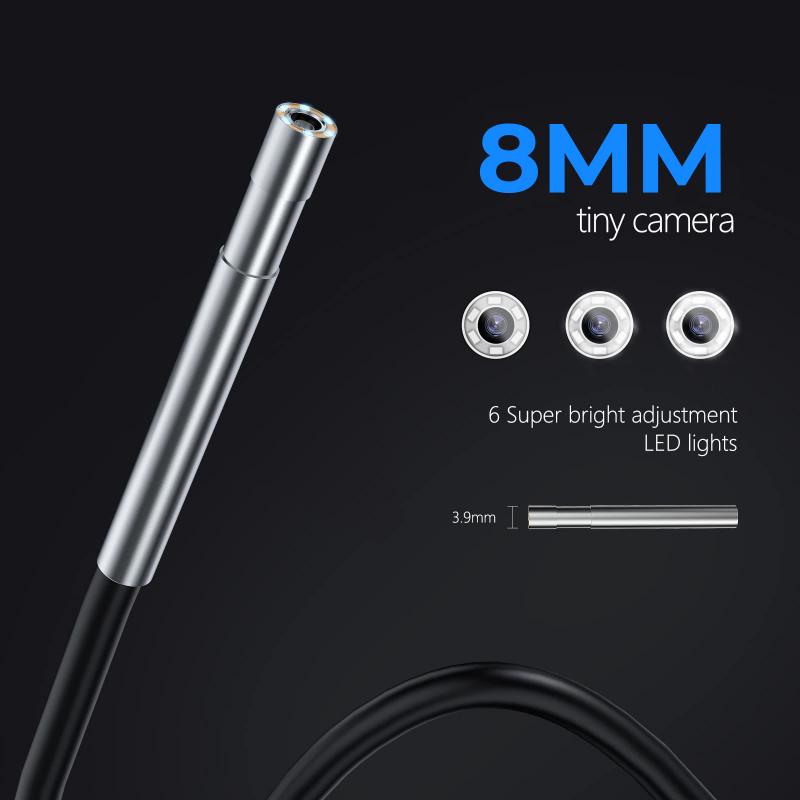
2、 Visualization capabilities
One similarity between rigid and flexible endoscopes is their visualization capabilities. Both types of endoscopes are designed to provide a clear and detailed view of the internal organs or structures being examined.
Rigid endoscopes consist of a straight, rigid tube with a lens at one end and an eyepiece or camera at the other. This design allows for direct visualization of the target area, providing high-resolution images. Rigid endoscopes are commonly used in procedures that require precise visualization, such as arthroscopy or laparoscopy.
Flexible endoscopes, on the other hand, are made up of a flexible tube with a light source and camera at the tip. The flexibility of the tube allows for easier navigation through the body's natural curves and bends. Despite the flexible nature, these endoscopes still offer excellent visualization capabilities, with high-quality images transmitted to a monitor for the medical professional to view.
In recent years, there have been advancements in endoscope technology that have further improved visualization capabilities. For example, the development of high-definition cameras and improved lighting systems has enhanced the clarity and detail of the images produced by both rigid and flexible endoscopes. Additionally, the integration of digital imaging and video recording capabilities has allowed for better documentation and analysis of the procedures.
Overall, while there are differences in design and functionality between rigid and flexible endoscopes, both types share the common feature of providing excellent visualization capabilities. The latest advancements in endoscope technology have further improved the quality of images produced, enabling medical professionals to perform procedures with greater precision and accuracy.
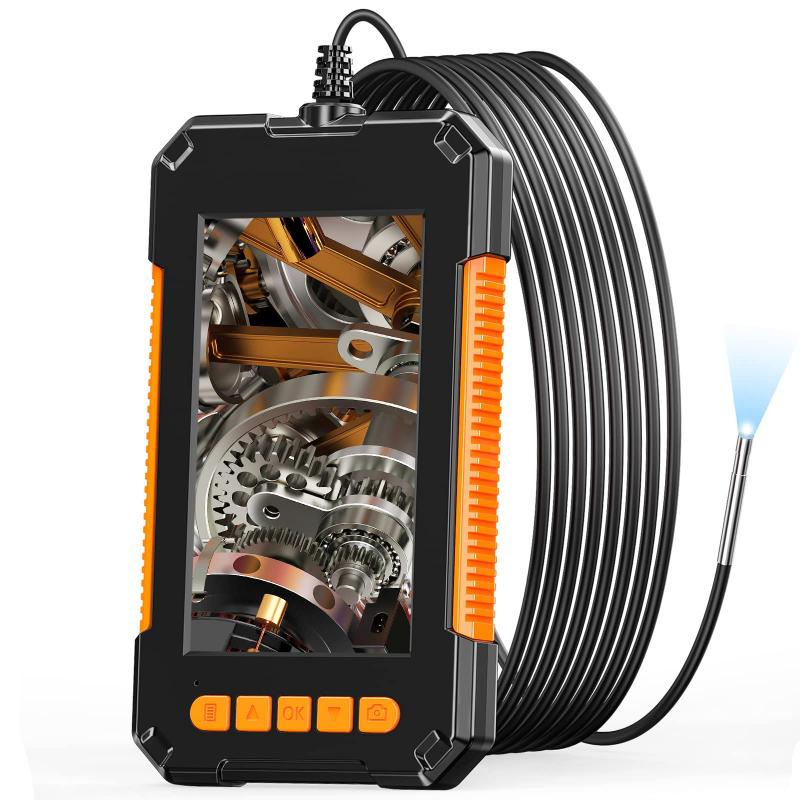
3、 Insertion and maneuverability
One similarity between rigid and flexible endoscopes is their insertion and maneuverability capabilities. Both types of endoscopes are designed to be inserted into the body through natural orifices or small incisions and maneuvered to reach the desired area for examination or treatment.
Rigid endoscopes are typically made of a straight, rigid tube with a fixed viewing angle. They are commonly used in procedures that require a direct and stable view of the target area, such as arthroscopy or laparoscopy. The rigid nature of these endoscopes allows for precise control and stability during the procedure, ensuring accurate visualization and manipulation of instruments.
On the other hand, flexible endoscopes are made of a flexible tube that can be bent and navigated through the body's natural curves and pathways. This flexibility enables them to reach areas that may be difficult to access with rigid endoscopes, such as the gastrointestinal tract or bronchial tubes. Flexible endoscopes are commonly used in procedures like colonoscopy or bronchoscopy, where a more flexible and adaptable instrument is required.
In recent years, there have been advancements in both rigid and flexible endoscopes to improve their insertion and maneuverability capabilities. For example, the development of miniaturized cameras and robotic-assisted systems has enhanced the precision and control of rigid endoscopes. Similarly, the introduction of advanced imaging technologies, such as high-definition and 3D imaging, has improved the visualization and navigation capabilities of flexible endoscopes.
Overall, while rigid and flexible endoscopes differ in their physical properties and applications, they share the common feature of insertion and maneuverability. The ongoing advancements in endoscopic technology continue to enhance these capabilities, allowing for more effective and minimally invasive diagnostic and therapeutic procedures.

4、 Diagnostic and therapeutic applications
Both rigid and flexible endoscopes are widely used in diagnostic and therapeutic applications in the field of medicine. Despite their differences in design and functionality, there are several similarities between the two types of endoscopes.
Firstly, both rigid and flexible endoscopes allow for direct visualization of internal body structures, enabling physicians to diagnose and treat various medical conditions. They provide a real-time view of the affected area, allowing for accurate assessment and targeted interventions.
Secondly, both types of endoscopes can be used for minimally invasive procedures, reducing the need for open surgery and its associated risks. This leads to shorter recovery times, less pain, and lower healthcare costs for patients.
Additionally, both rigid and flexible endoscopes can be equipped with various accessories and instruments to perform therapeutic interventions. These include biopsy forceps, cautery devices, and laser probes, among others. This versatility allows for a wide range of procedures to be performed, such as tissue sampling, polyp removal, and tumor ablation.
Moreover, advancements in technology have led to the development of high-definition imaging systems for both rigid and flexible endoscopes. This has greatly improved the visualization of internal structures, enhancing diagnostic accuracy and procedural outcomes.
In recent years, there has been a growing interest in the use of flexible endoscopes due to their ability to navigate through tortuous anatomical pathways and reach areas that are inaccessible to rigid endoscopes. This has expanded the scope of diagnostic and therapeutic applications, particularly in fields such as gastroenterology and pulmonology.
In conclusion, while rigid and flexible endoscopes differ in design and functionality, they share several similarities in their diagnostic and therapeutic applications. Both types of endoscopes provide direct visualization, enable minimally invasive procedures, offer therapeutic capabilities, and benefit from technological advancements. The latest point of view highlights the increasing utilization of flexible endoscopes for their enhanced maneuverability and access to challenging anatomical areas.



